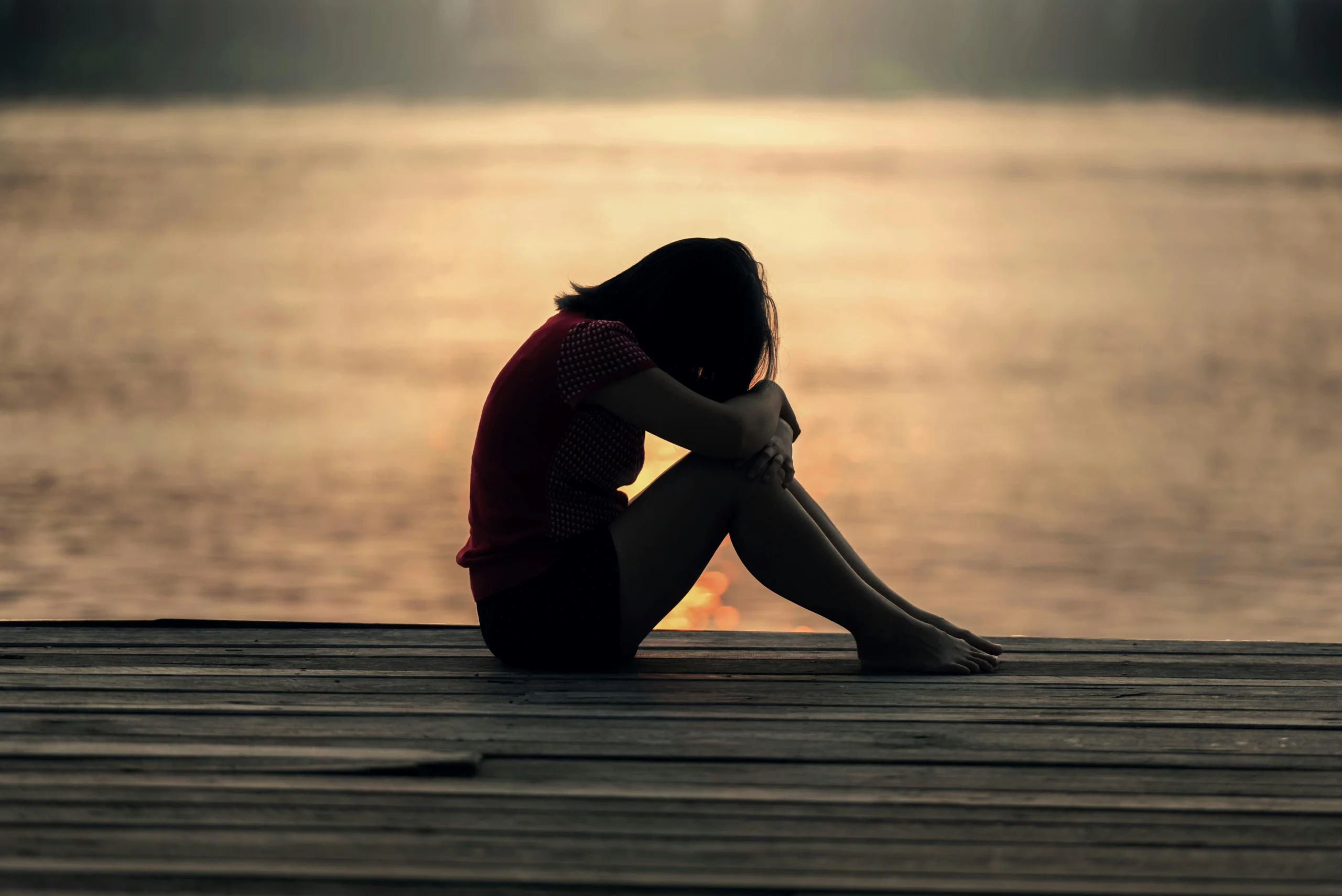Depression is one of the most misunderstood and widespread mental health conditions. It affects how you feel, think, and act, and it can interfere with daily functioning in serious ways. Yet, many people still confuse depression with temporary feelings of sadness. In this comprehensive guide, we’ll explore what depression really is, how it differs from sadness, the key symptoms, the various types of depression, and what causes it.
What Is Depression?
Depression is a mental health disorder characterized by persistent sadness and a lack of interest or pleasure in previously enjoyable activities. It’s not just a passing mood or a reaction to a bad day—it’s a complex condition that can last for weeks, months, or even years if left untreated.
According to the World Health Organization (WHO), over 280 million people worldwide suffer from depression, making it a leading cause of disability.
Depression vs. Sadness: What’s the Difference?
Sadness is a normal human emotion that everyone experiences in response to loss, disappointment, or other challenging situations. It usually passes with time.
Depression, however, is more intense, lasts longer, and can significantly impair your ability to function. Here’s how they differ:

Key Symptoms of Depression
The symptoms of depression can vary from person to person, but common signs include:
- Persistent feelings of sadness, hopelessness, or emptiness
- Loss of interest in activities once enjoyed
- Changes in appetite or weight
- Sleep disturbances (insomnia or oversleeping)
- Fatigue or low energy
- Difficulty concentrating, thinking, or making decisions
- Feelings of worthlessness or guilt
- Thoughts of death or suicide
If these symptoms last more than two weeks and interfere with daily life, it may be a sign of clinical depression. You can find more detailed information from the National Institute of Mental Health (NIMH).
Types of Depression Explained
There are several types of depression, each with its own set of characteristics and causes. Recognizing the type can help guide treatment.
1. Major Depressive Disorder (MDD)
- Severe symptoms that interfere with daily life
- May occur once or in recurring episodes
2. Persistent Depressive Disorder (Dysthymia)
- Less severe but more chronic (lasting 2 years or more)
- Includes periods of major depression and less severe symptoms
3. Bipolar Disorder
- Alternates between depressive episodes and periods of mania or hypomania
- Formerly called manic depression
4. Seasonal Affective Disorder (SAD)
- Occurs during certain seasons, especially winter
- Linked to reduced sunlight exposure
5. Postpartum Depression
- Affects women after childbirth
- Includes feelings of extreme sadness, anxiety, and exhaustion
6. Premenstrual Dysphoric Disorder (PMDD)
- Severe form of premenstrual syndrome (PMS)
- Includes depression, irritability, and tension before menstruation
For a more detailed overview, visit Mayo Clinic’s depression types guide.

What Causes Depression?
Depression doesn’t have a single cause. It usually results from a combination of biological, psychological, and environmental factors:
1. Biological Causes
- Brain chemistry: Imbalance in neurotransmitters like serotonin and dopamine
- Genetics: Family history increases risk
- Hormones: Changes due to thyroid issues, pregnancy, or menopause
2. Psychological Factors
- Personality traits: Low self-esteem, pessimism
- Childhood trauma: Abuse, neglect, or early loss
- Negative thought patterns: Rumination and low coping skills
3. Environmental Triggers
- Stressful events: Divorce, loss of a job, or death of a loved one
- Isolation: Lack of social support
- Substance abuse: Alcohol or drug use can worsen depression
You can read more about causes and risk factors from Mental Health America and the NHS UK.
How Is Depression Diagnosed and Treated?
Diagnosis
A healthcare provider will assess:
- Emotional and physical symptoms
- Medical history
- Possible use of a depression screening questionnaire (like PHQ-9)
Treatment Options
- Psychotherapy: Cognitive Behavioral Therapy (CBT), talk therapy
- Medication: Antidepressants such as SSRIs (e.g., Prozac, Zoloft)
- Lifestyle changes: Exercise, sleep hygiene, and healthy diet
- Support groups: Peer support and community resources
- Alternative therapies: Meditation, acupuncture, and light therapy for SAD
Explore NIMH’s treatment overview for more information.
In Summary: What to Remember About Depression
- Depression is not just sadness—it’s a medical condition requiring attention.
- Symptoms can be emotional, physical, or cognitive.
- There are different types, each with unique features and triggers.
- Causes can include brain chemistry, trauma, stress, or environment.
- Effective treatments are available, and recovery is possible.
A Personal Note
Many people suffer in silence, thinking they’re just “too sensitive” or “not trying hard enough.” If you’ve felt lost, numb, or exhausted, know that you’re not alone. I created this blog to help others better understand mental health—and to remind you that seeking help is a sign of strength, not weakness.
Join the Conversation
Have you or someone close to you experienced depression? What helped you cope or recover? Share your thoughts in the comments or visit our Mental Health section for more resources.
If this post helped you, please share it—and help spread awareness.
Explore More:

Leave a Reply